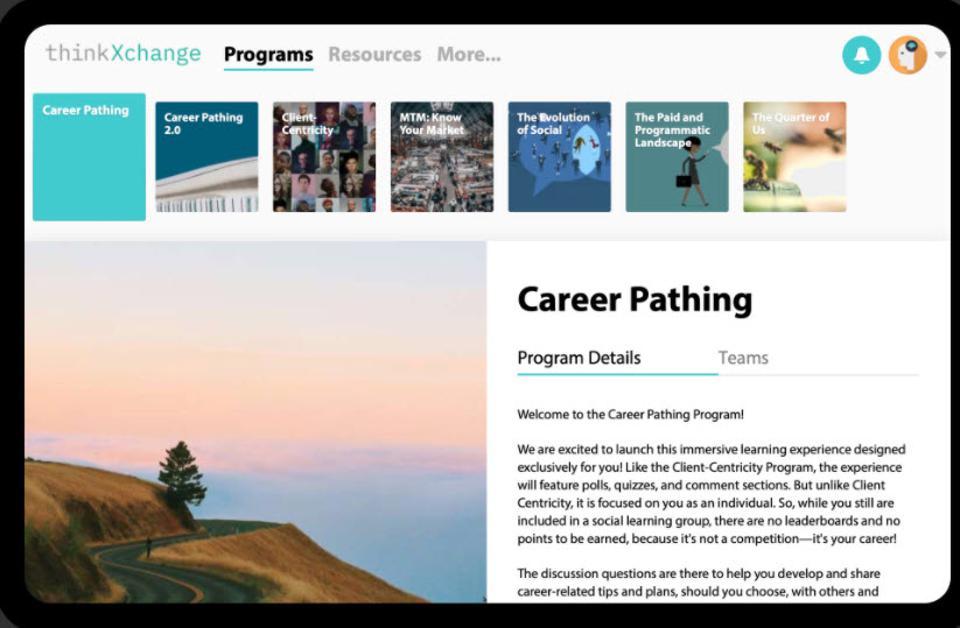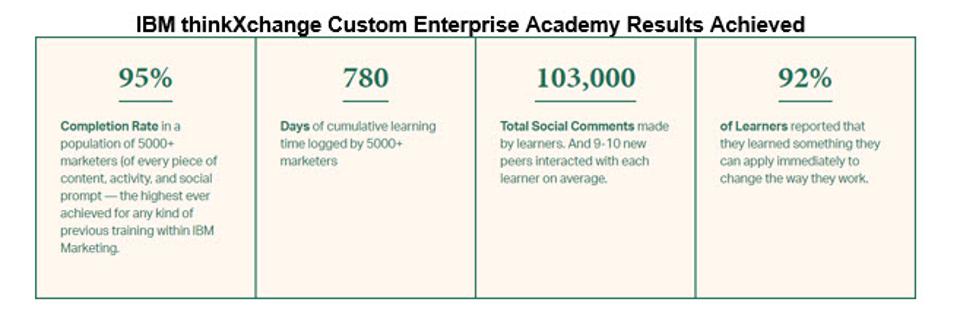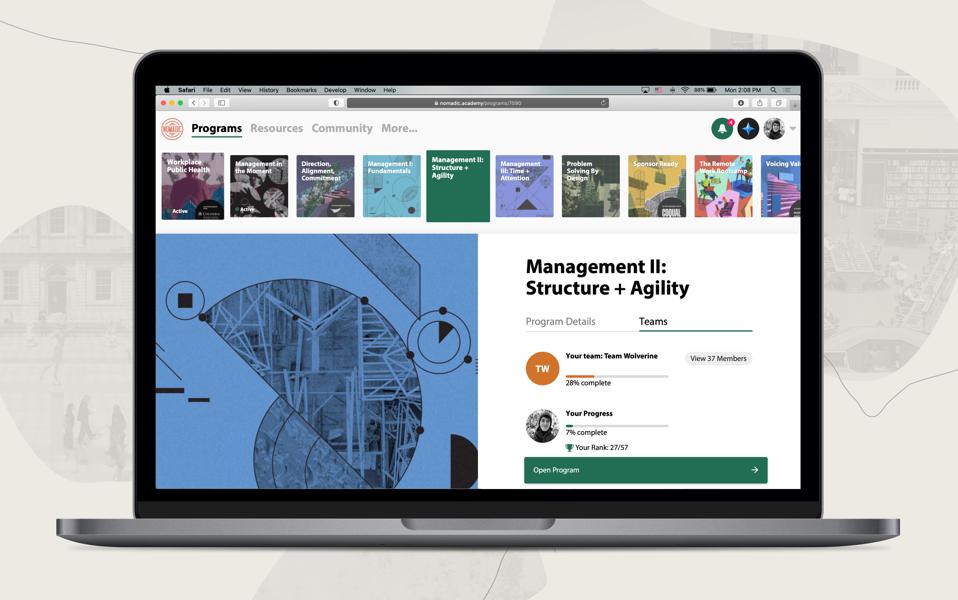Bottom Line: Leading tech companies including Adobe, IBM, T-Mobile and others, are doubling down on collaborative learning programs to provide employees with improved virtual learning opportunities that also create more cohesive and competitively stronger virtual businesses.
Investing in employees’ personal and professional development during times of uncertainty is a brilliant move by any business today. Assurances of training are now common in job offers ranging from marketing & sales to technical professions, including software engineering and DevOps, which nearly all applicants expect. Considering the cost of replacing a staff member is approximately 21% of their salary, which is $105,736 for an average non-management salary in North America, it can cost over $22,000 to replace that employee, according to Global Knowledge’s 2020 IT Skills and Salary Report.
Tech Leaders' Needs Are Accelerating Collaborative Learning's Growth
It’s a win/win to invest in employees by providing each of them with professional development opportunities while making an entire organization stronger competitively and more unified. That’s why IBM chose Nomadic to create, launch and manage its IBM thinkXchange Custom Enterprise Academy. Nomadic was founded in 2012 by Matt Burr and Tim Sarchet and has 24 employees today. Differentiating itself by concentrating on creating a more social, narrative-driven approach to online education, Nomadic has spent years building academies that have transformed workplaces and created a new generation of leaders for the Fortune 500. Their specialization in hard-to-teach topics online led to a partnership with Josh Bersin Academy, which has since become the global home for HR expertise used by over 20,000 people worldwide.
I recently had a chance to interview Nomadic co-founder Matt Burr (virtually) and asked him about how IBM and Nomadic collaborated on creating the IBM thinkXchange Custom Enterprise Academy. Matt says IBM and other leading tech companies often approach Nomadic says, “We have this mission-critical learning. We need to change the way people think when you engage them and it’s got to happen fast,” Matt said. IBM faced the challenge of training its many sales teams, including all sales enablement departments, all of whom report to IBM’s CMO, Michelle Peluso.
When IBM came to Nomadic, they had no central hub for marketing and sales content, had the requirement of getting away from facilitator-led learning that had proven unscalable for their needs and needed more of a socially interactive, truly collaborative online learning platform. Nomadic’s approach to aggregating and balancing IBM’s content with a more social, narrative-driven online learning environment worked. The following is an example of the IBM thinkXchange custom enterprise academy programs page followed by the results achieved across four key metrics of performance IBM is focusing on:


Why 2021 Is Going To Be A Breakout Year For Collaborative Learning
Nomadic concentrates on learning how the interaction of high-quality content drives meaningful social-based learning and vice versa. Matt said that Nomadic originally prioritized quality content first based on both founders’ extensive backgrounds then realized the balance of content and social interaction is key. “Much of the evolution of Nomadic has been about those two things going hand in hand and figuring out how good content helps create better social interaction,” he said., “What you can learn from the social interaction to create better content and pivoting back and forth between those two things but seeing them as tightly interconnected to create a good learning experience is key,” Matt continued.
With Nomadic’s IBM thinkXchange Custom Enterprise Academy currently scaling to serve the Global Market Sellers sales teams comprised of 50,000 members of the IBM sales force including sales enablement functions, I asked Matt what the most valuable lessons learned are from last year and since Tim and he launched the company in 2012. Here are the key insights from our conversation:
- Tech leaders prioritize keeping their selling, services and sales enablement teams current on selling, marketing analytics, tools and professional development – especially during. “IBM’s focus is on a post-COVID program called Emerge Smarter. Emerge Smarter was the whole internal theme of the post-COVID IBM. All of our clients wanted to emerge from the pandemic smarter and the basic gist was you’ve stress-tested your IP architecture and your work from home architecture,” Matt continued. Based on IBM thinkXchange Custom Enterprise Academy’s scale, Nomadic redesigned and rebuilt content and learning systems. Every IBM participant emerged better informed and the specific learning goals for each employee cohort or learning group were achieved.
- Collaborative learning classes or programs need to be designed to quickly transform entire teams and create shared ownership of learning outcomes. Nomadic’s focused efforts on this aspect of their collaborative learning platform sets it apart from the many others in the industry today. They have designed their Programs to provide a common lexicon or vocabulary and a common set of concepts and frameworks to everyone simultaneously so a group can make learning progress together. The following is an example of the Programs on their platform available to any client:

Conclusion
Seeing an opportunity to train entire departments and divisions while also providing career enrichment opportunities online, the world’s leading tech companies accelerate collaborative learning’s growth. Legacy approaches to using Intranet sites or other static content libraries aren’t meeting today’s workforce’s learning needs. Balancing excellent content and social interaction are. Nomadic’s success with IBM and other leading high tech clients shows why online collaborative learning platforms need to have social groups that achieve learning goals together through the duration of an entire learning program. Learners must have an opportunity to truly collaborate in the learning process for the system to work. Nomadic has found that by using content, change management and navigational techniques, they can interact with each other in challenges, debates and exercises design to foster effective learning further.




